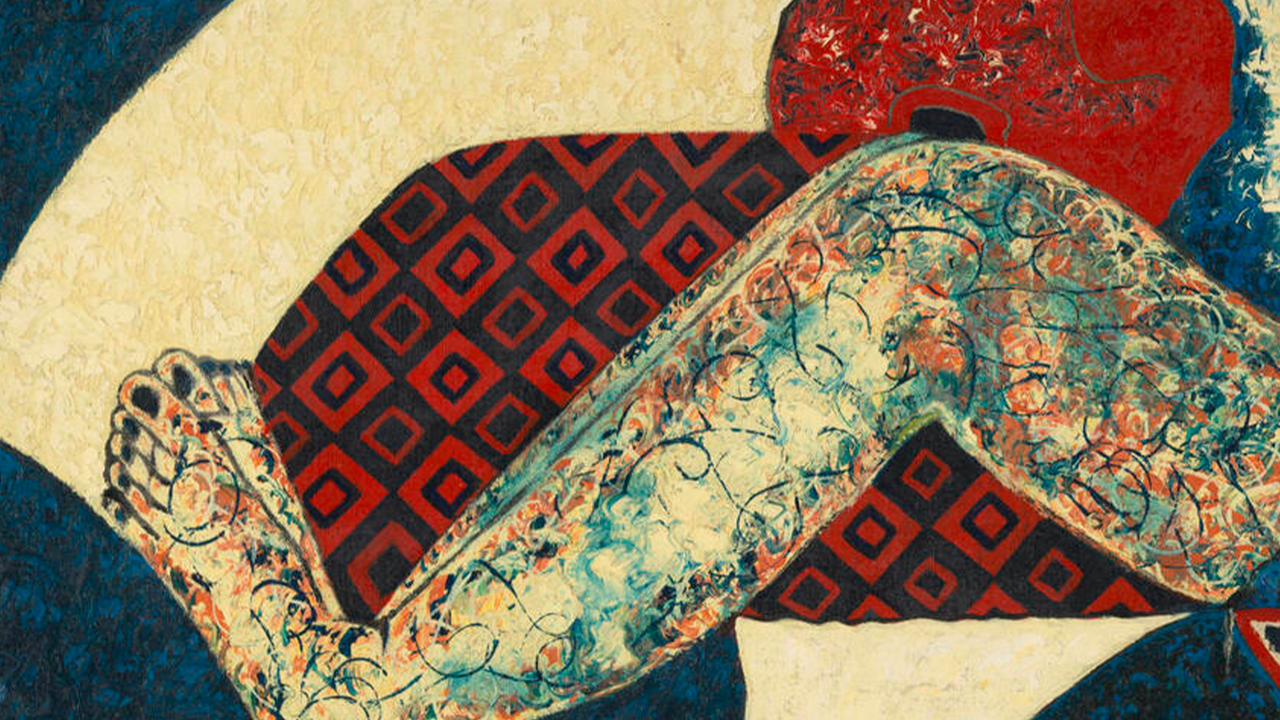Disorientation II
Manaret Al Saadiyat, Abu Dhabi, United Arab Emirates
Manaret Al Saadiyat, Abu Dhabi, United Arab Emirates

The five planned museums of Saadiyat Island – which sits 500 metres off the coast of Abu Dhabi – are due to be finished in 2014, but right now they feel closer to the gleaming, outlandish CGI renderings of the Cultural District’s promotional literature (or to the wry architectural models of last year’s UAE Pavilion at the Venice Biennale) than to the reality of the Gulf region. Plans for a 22km-long cultural development in Dubai, incorporating ten new museums, stalled last year. This now feels something like a cautionary tale.
The entrance to the island’s building sites, a newly completed showroom where ‘you can experience the future of Saadiyat Island’, was the unexpected venue for ‘Disorientation II’, a fiercely political group show of 16 artists curated by Jack Persekian. (Subtitled ‘The Rise and Fall of Arab Cities’, the unlovely exhibition title acknowledged its first edition, an overview of Middle Eastern artists at Berlin’s Haus der Kulturen der Welt in 2003.) Persekian took the failure of Egyptian president Gamal Abdel Nasser’s 1960s plans for pan-Arab unity as a ‘moment of rupture’ that led to a succession of nationalism, displacements and violence. ‘Disorientation II’ began with the Nasser-era golden age – Ali Jabri’s sketches of 1970s Cairo and the homely interior of Hala Elkoussy’s posthumous 2008 installation, which looks back to the same period – and quickly gave way to grimmer, more recent sculptural work, socially engaged video and documentary dealing with unrest, massacres and bitterly disputed borders.
Maps are one way in which these conflicts are communicated and understood, their mutable boundaries suggested by both Mona Hatoum’s early work Present Tense (1996), in which a plan of the Palestinian-held territories following the Oslo Accords of 1993 is traced in soap and glass beads, and Marwan Rechmaoui’s monolithic Beirut Caoutchouc (2004), a large floor map of the city in tough black rubber. In his accompanying essay Persekian calls the city ‘almost a miniature model of Arab countries’, and Rechmaoui marks out Beirut’s 60 municipalities in neatly interlocking sections – a map to be walked over if not fully grasped. Two other works visualized contentious issues as models. In Yto Barrada’s model train set-like Gran Royal Turismo (2003), a convoy of visiting dignitaries cruises around a tabletop landscape, automated palm trees popping up as their black sedans pass, the dirty shop fronts of this Potemkin Village rotating dutifully to hide from view. Close by, Wafa Hourani’s Qalandia 2047 (2006) envisages a near-future in the scrubby settlements of the titular Palestinian camp (which lies adjacent to a checkpoint that controls access to Ramallah).
Journalist Monika Borgmann’s harrowing, frankly distressing documentary Massaker (2005) comprises testimony from the 1982 massacre in the camps of Sabra and Shatila at the height of the Lebanese Civil War, during which inhabitants (mostly Palestinian civilians) were killed by members of Lebanese forces, Christian militia and the Israeli Army – the precise number of the dead is still unknown. Rather than seeking testimony from witnesses, Borgmann interviews six perpetrators – members of the Israeli army with their faces hidden in shadow – about their part in the atrocities.
Persekian, an energetic presence in the region (he is Director of the Sharjah Art Foundation), is known for projects that rely on cultural activism, as with ‘The Palestine Syndrome’ last October. But what was notable at Manarat Al Saadiyat was that no work referred to the exhibition’s half-built surrounds, or indeed to the wealth or future ambitions of the wider Gulf region. Sharjah-based Tarek Al-Ghoussein, a Palestinian-born photographer who was the subject of a concurrent survey at the Sharjah Art Museum, was the only artist whose work was made in the UAE – though this isn’t referred to explicitly in his 2009 ‘D II’ series (that was shown here), in which the artist is depicted circling fenced enclosures in the desert. Although Persekian seemed to decline further comment, there was a bleakly instructional tension here: though it traced the fault lines and memories of modern Arab cities, ‘Disorientation II’ was staged on a tabula rasa, a precarious cultural playground whose future remains undecided.























